Support Our Kids支援国
SUPPORT PUR KIDS SUPPORTING COUNTRIES
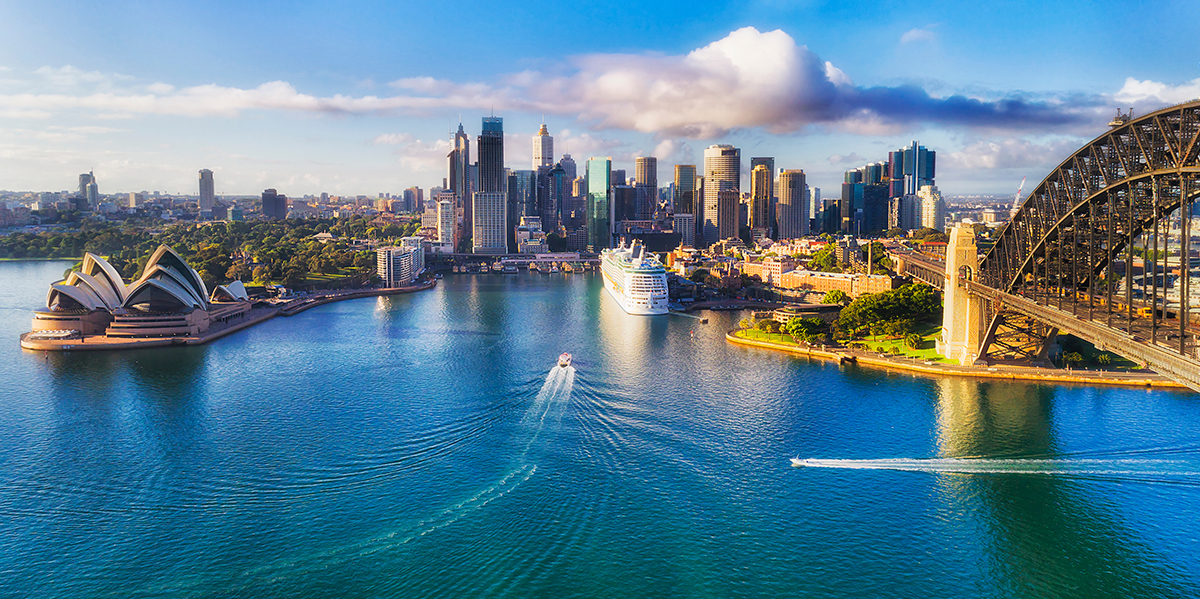
SUPPORTING COUNTRIES
オーストラリア連邦
Australian Federation
![]()
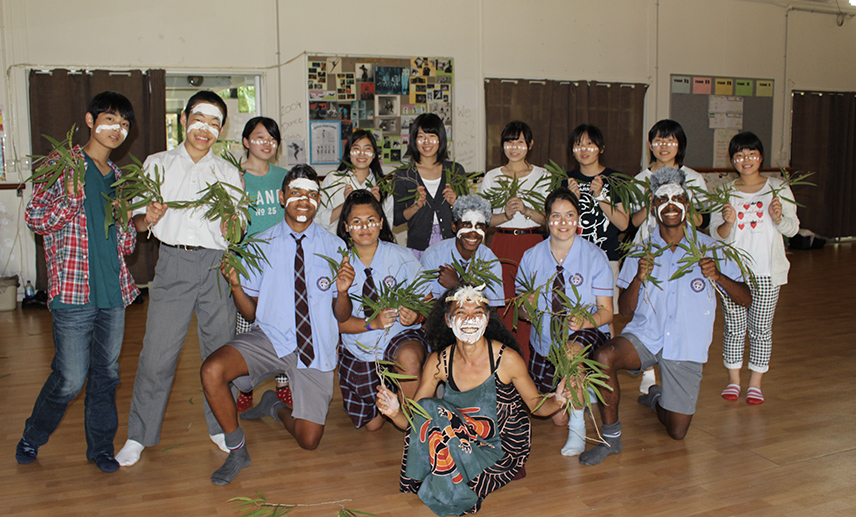
多民族国家のレジリエンス
今日、オーストラリアは世界で最も多文化の国の1つで、文化的、民族的、言語的、宗教的背景が豊富です。 アボリジニとトレス海峡諸島民がこの土地の最初の住民ですが、約200か国からの移民もオーストラリアを故郷と呼んでいます。
そんなオーストラリアが現代の多民族国家に至ったレジリエンスをご紹介します。
多民族国家までの道のり
オーストラリア大陸の最初の住民であるアボリジニの人々は、少なくとも6万年前からオーストラリアに住んでいました。
しかし、1788年に英国人がオーストラリアを占有したことで、オーストラリアは大きく変わりました。英国はニューサウスウェールズ、タスマニア、西オーストラリアに流刑植民地を設立しました。また、自由移民の数も増え続け、徐々に囚人を上回りました。1830年代には、自由移民で構成された植民地が南オーストラリア州に設立されました。
1850年代になると、ニューサウスウェールズ州とビクトリア州で金が発見されました。このゴールドラッシュは、イギリスやアイルランドからだけでなく中国や他のアジアからも数多くの移民が押し寄せるようになり、非ヨーロッパ系移民に対する反発が強まりました。政府はこれを受け、非ヨーロッパ系移民の移住を制限する法律を成立させました。この法律は「白豪主義政策」として20世紀後半まで続きました。
しかし、国内経済の発展とともに海外からの労働力を必要とするようになった政府は、移民政策の制限を徐々にゆるめざるを得なくなりました。特に第二次世界大戦後の経済復興と急速な経済発展の時期には、南ヨーロッパ諸国を中心に、国外から多くの移民が受け入れられるようになりました。その後、1950年代から60年代にかけて白豪主義は次第に弱まっていき、1973年に正式に撤廃されました。
1970年代まで、オーストラリアへの移民の大多数はヨーロッパから来ていましたが、近年オーストラリアはアジアからより多くの移民を受け入れており、1996年以降、アフリカと中東からの移民の数はほぼ2倍になっています。
オーストラリアの移民政策は世界中の人々を歓迎し、人種的、文化的、宗教的理由で差別することはありません。
多民族国家オーストラリアでSupport Our Kidsの子ども達が学んだこと
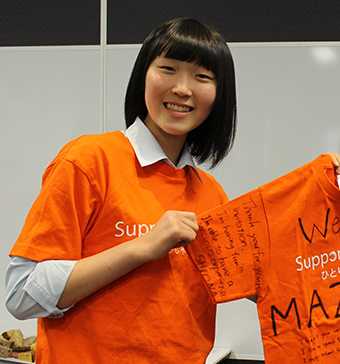 小林 汐樹 2018
小林 汐樹 2018
オーストラリアに行ったことで、完全に世界の見方が変わりました。世界だけでなく、自分自身の見方も変わりました。コンプレックスがありましたが、オーストラリアに行って本当に色んな人種の方が共存していて、学校でも髪の色、体格、肌の色みんな違くてそれでいいんだ、個性なんだって思えたんです。自分が好きになりました!
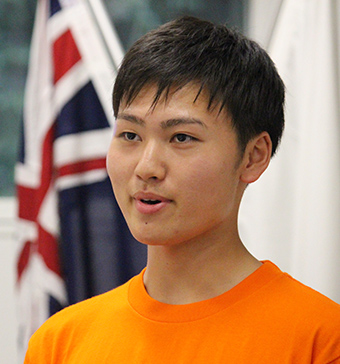 荒川 泰青 2017
荒川 泰青 2017
異文化との交流を経て、国と国、人と人の違いを「多様性」として捉え、違いはあれどどちらにも良いところがある、と考えられるようになりました。これらは言語や世界について学ぶ現在の大学生活で大きく役立っており、英語でのグループワークやプレゼンテーションがとても楽しく感じられます。
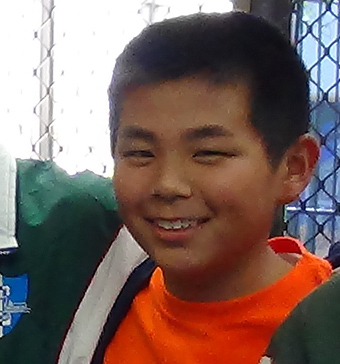 青沼 航平 2015
青沼 航平 2015
オーストラリアは多民族国家で、黒人から白人、黄色人たちが人種の垣根を越えて暮らしていました。自分とは違う考え方を持つ人、異なる人を差別せず、偏見をもたずに接していました。オーストラリアから帰国後、僕は考え方や物事の捉え方が広くなりました。
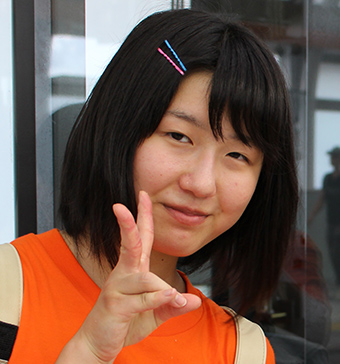 鈴木 侑奈 2016
鈴木 侑奈 2016
オーストラリアは多文化な国で様々な人やもの、宗教と考え方があり、生活しながら自分の視野を広げることができたと思います。
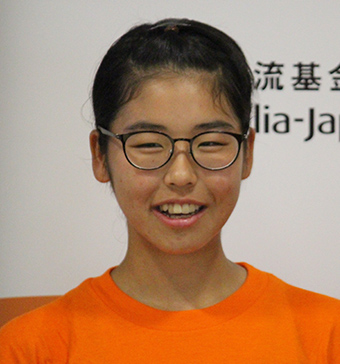 松本 菜月 2019
松本 菜月 2019
授業の中で、オーストラリアの生徒達が他国の事について知ろうとする積極的な態度に驚きました。他国のことについてのアンテナがとても高く、現地の友達と話している時に、日本で流行っていることについても話していました。幼い頃から様々な国の人と接する機会に溢れていることで、差別のない本当の多民族の触れ合いができているのではないかと思いました。
オーストラリアの東北支援
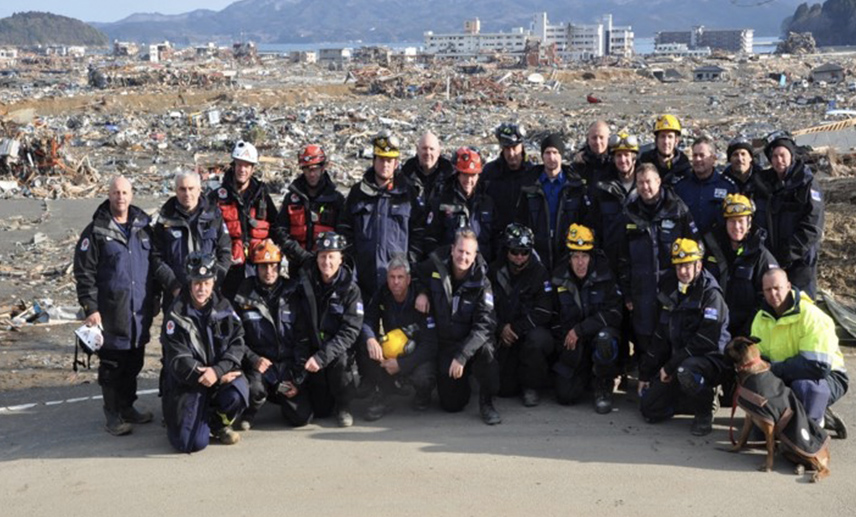 ©︎Fire and Rescue NSW
©︎Fire and Rescue NSW
2011年3月 - 東日本大震災の初動対応
震災直後、オーストラリアから76名の都市捜索救助隊が南三陸町に派遣され、捜索活動に携わりました。都市捜索救助隊をオーストラリアから輸送した空軍のC-17輸送機は、日本に留り、人道支援のため、物資や機材の輸送任務に携わりました。国防軍パシフィック・アシスト作戦の一翼を担ったC-17輸送機の出動は23回を数えました。
2011年4月 - 元ギラード首相の訪問
オーストラリアの当時の首相であるジュリア・ギラード氏は、震災後間もない2011年4月に訪日し、東京および南三陸町を訪れました。外国首脳として、最初の被災地訪問でした。
南三陸町で、ギラード首相は、佐藤仁町長と会談した他、避難所で生活する被災者を見舞いました。また、佐藤町長の要請に基づき ギラード首相が発表した食糧支援 が、4日後に同町に到着しました。
2013年1月 - オーストラリア・ニュージランド銀行、南三陸オーストラリア友好学習館を建設
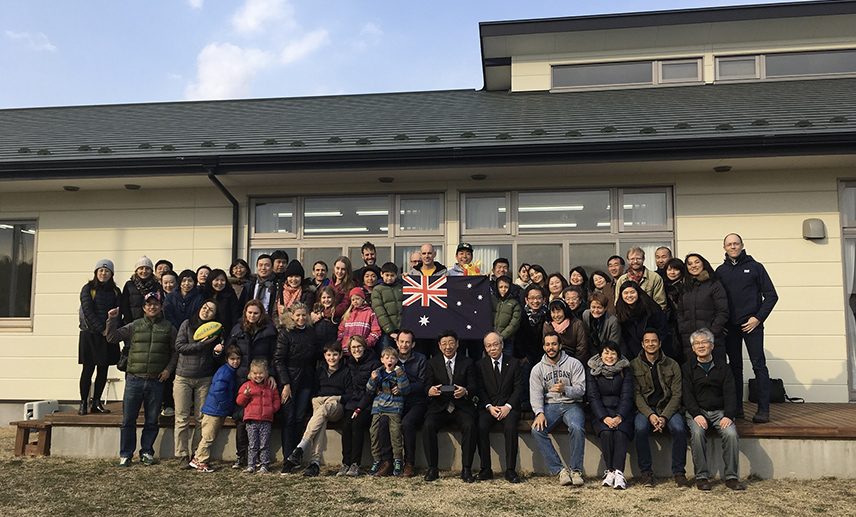 ©︎在日オーストラリア大使館
©︎在日オーストラリア大使館
南三陸オーストラリア友好学習館(愛称:コアラ館)の落成式が、2013 年1 月19 日に南三陸町にて、佐藤仁町長、ブルース・ミラー駐日オーストラリア大使、ピーター・デイヴィスオーストラリア・ニュージーランド銀行(ANZ)の在日代表出席のもと、行われました。コアラ館は、図書室、学習室、研修室を備えた生涯学習施設として、南三陸町内で初めて震災後再建された仮設でない公共施設となりました。
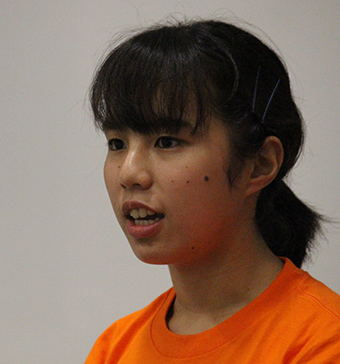 三浦 志穂
三浦 志穂
コアラ館がオープンしたとき、私は10歳でした。学校の授業でコアラ館の見学に行きました。沢山の本が置かれていたり、南三陸の学生とオーストラリアの人達が交流している写真が飾られていて、とてもワクワクしたことを覚えています。
学校のテスト期間には、この場所を利用して勉強したり、SOKのプロジェクトで渡航する前にオーストラリアの本でよく調べ物をしました。現在、中に併設された図書館は移転しましたが、コアラ館は今でもオーストラリアと南三陸を繋げる場・地域交流の場として利用されています。南三陸町の人達にとって無くてはならない存在です。コアラ館を建てていただきありがとうございました!
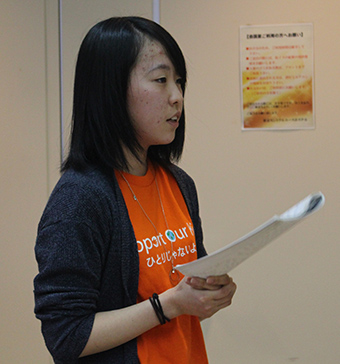 高橋 麗蘭
高橋 麗蘭
コアラ館は、南三陸町の憩いの場です。町に何も無くなったとき、もう前みたいな暮らしが想像できなくなったとき、コアラ館はとても素敵な場所としてオープンしました。震災後、環境は変わったけれど、落ち着くことができて、震災前の思い出を本とともに思い返すことが出来る場でした。
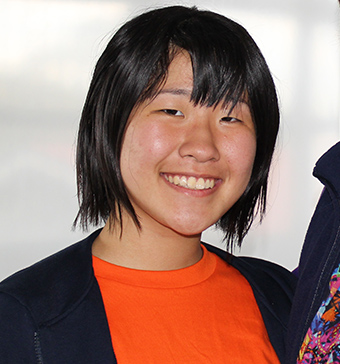 阿部 彩佳
阿部 彩佳
コアラ館が南三陸町にできて8年が経ちました。当時はコアラ館が町内で震災後初となる仮設ではない公共施設でした。少しずつ震災から復興しているような気がしてとても嬉しかったのを覚えています。このコアラ館を通して海を越えたオーストラリアから私たちに支援の手を差し伸べてくださる方が沢山いるのだと改めて実感しました。現在コアラ館は様々な用途で多くの人々に利用されています。今後もたくさんの人々が利用し、当時私たちに支援の手を差し伸べてくれた方々が沢山いたことを思い起こし、感謝の気持ちを胸に刻むことができるような場所であれば良いなと思います。
2012年3月/2013年3月/2014年3月 - 豪日交流基金助成のもと南三陸町中学生春休みオーストラリア研修旅行を実施
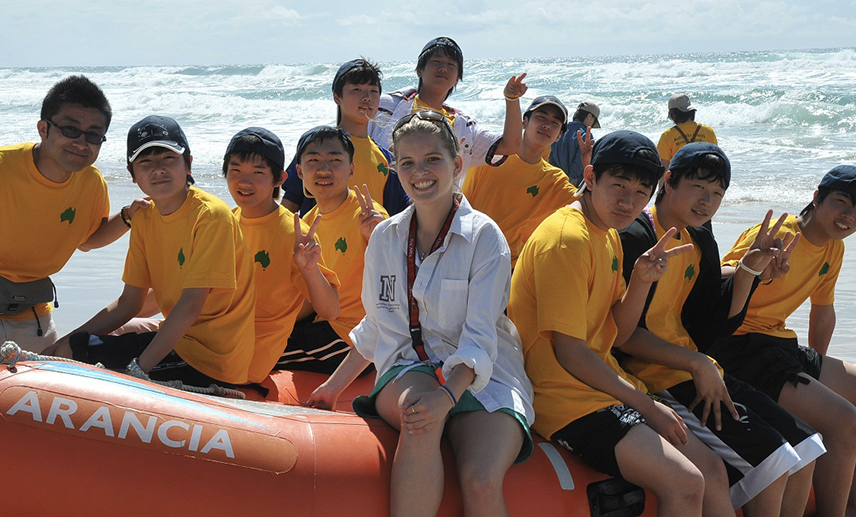 ©︎在日オーストラリア大使館
©︎在日オーストラリア大使館
2015年8月/2016年8月/2017年8月/2018年8月/2019年8月 - Support Our Kidsホームステイプログラムを実施 *南三陸町中学生研修旅行に続くプログラムとして、豪日交流基金助成のもと実施。
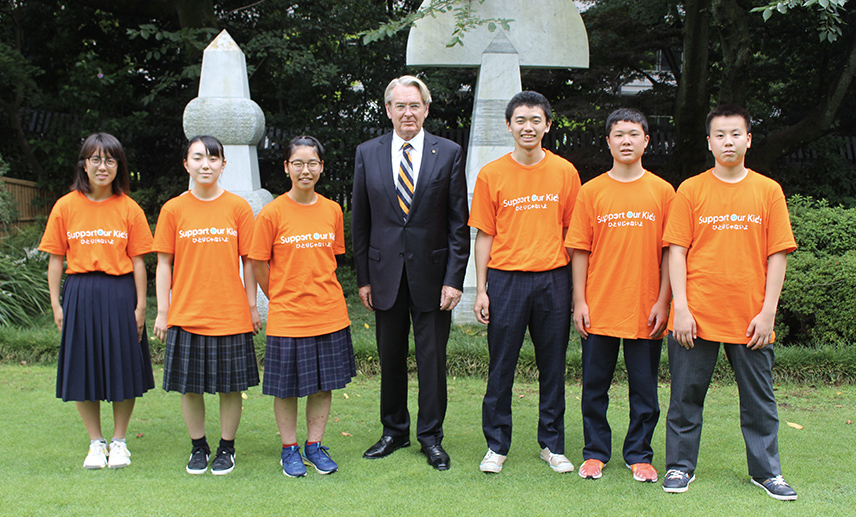
*オーストラリアからその他多くのご支援をいただきました。心より感謝申し上げます。
出典:在日オーストラリア大使館 公式サイト

The resilience of a multiethnic country
Today, Australia is one of the world’s most multicultural countries, rich variety of cultural, ethnic, linguistic and religious backgrounds. While Aboriginal and Torres Strait Islander people are the original inhabitants of the land, immigrants from about 200 countries also call Australia home.
We would like to introduce the resilience that has led Australia to become a multi-ethnic nation it is today.
HISTORY
Australia’s Aboriginal people, the original inhabitants of the Australian continent, have lived since at least 60,000 years ago.
However, Australia was changed dramatically after British occupied Australia in 1788. Britain established penal colonies in New South Wales, Tasmania and Western Australia. Also free settlers followed in increasing numbers, gradually outnumbering convicts. A colony made up entirely of free settlers was established in South Australia in the 1830s.
In the 1850s, gold had been discovered in New South Wales and Victoria. This gold rush led to an influx of immigrants, not only from Britain and Ireland, but also from China and other parts of Asia, which caused a growing backlash against non-European immigrants. The government responded by passing a law that restricted the immigration of non-European immigrants. This law, known as the "White Australia policy," continued until the latter half of the 20th century.
However, as the country's economy grew and the need for labor from overseas increased, the government was forced to gradually loosen the restrictions on immigration. In particular, during the period of economic recovery and rapid economic development after World War II, many immigrants were accepted from abroad, especially from southern European countries. Later, in the 1950s and 1960s, White Australia gradually weakened, and in 1973, it was officially abolished.
Until the 1970s, the majority of immigrants to Australia came from Europe. However, these days Australia receives many more immigrants from Asia, and since 1996 the number of immigrants from Africa and the Middle East has almost doubled.
Australia’s immigration policy welcomes people from all over the world and does not discriminate on racial, cultural or religious grounds.
What the children of Support Our Kids learned from the multiethnic country Australia.
 Shiona Kobayashi
Shiona Kobayashi
Going to Australia has completely changed the way I see the world. Not only did it change my view about the world, it also changed my view of myself. I used to have a lot of inferiority complexes, but when I went to Australia, I found out that people from all walks of life live in harmony. In school, everyone has a different hair color, body size, and skin color, and it was okay. I came to like myself!
 Taisei Arakawa
Taisei Arakawa
After interacting with different cultures, I have come to see the differences between countries and people as "diversity" and to think that there are good things in both despite the differences. This has been very useful in my current university life, where I am learning about languages and the world, and I find group work and presentations in English very enjoyable.
 Kohei Aonuma
Kohei Aonuma
Australia is a multi-ethnic country, people live together without racial barriers. They did not discriminate against others who thought differently or were different from them, and they treated them without prejudice. Since returning from Australia, I have broadened my way of thinking and on how I perceive things.
 Yuna Suzuki
Yuna Suzuki
Australia is a multicultural country with many different people, things, religions, and ways of thinking, and I think I was able to broaden my horizons while living there.
 Natsuki Matsumoto
Natsuki Matsumoto
In class, I was surprised at how proactive the Australian students were in trying to learn about other countries. Their level of perception were very high, and when they were talking with their local friends, they talked about what was popular in Japan. I thought that being exposed to people from various countries from an early age would allow them to have a true multi-racial contact without discrimination.
Australia's Support for Tohoku
 ©︎Fire and Rescue NSW
©︎Fire and Rescue NSW
March 2011 - Initial response to the Great East Japan Earthquake
Immediately after the disaster, a 76-member Urban Search and Rescue team from Australia was dispatched to Minamisanriku to assist with search operations. The Air Force C-17 transport aircraft that transported the Urban Search and Rescue team from Australia remained in Japan to provide humanitarian assistance and transport supplies and equipment. There were 23 deployments of the C-17s as part of Operation Pacific Assist.
2April 2011 - Former Prime Minister Gillard's Visit
Former Australia Prime Minister Julia Gillard, visited Japan in April 2011 shortly after the disaster, and visited Tokyo and Minamisanriku. It was the first a foreign leader visited the disaster area.
In Minamisanriku, Prime Minister Gillard met with Mayor Jin Sato and visited the victims living in shelters. The food aid, pledged by Prime Minister Gillard at the request of Mayor Sato, arrived in Minamisanriku four days later.
January 2013 - Australia New Zealand Bank established Minamisanriku-Australia Friendship Learning Center
 ©︎Australian Embassy Tokyo
©︎Australian Embassy Tokyo
Minamisanriku Mayor Jin Sato, Australian Ambassador to Japan Bruce Miller and Australia New Zealand Bank (ANZ) representative in Japan Peter Davis inaugurated the Minamisanriku-Australia Friendship Learning Centre (called Koala House) in Minamisanriku on 19 January 2013. The Koala House is a lifelong learning facility with a library, study and training rooms, and was the first non-portable public facility built in Minamisanriku after the disaster.
 Shiho Miura
Shiho Miura
I was 10 years old when the Koala House opened.
I'd been there as part of our school class. I remember how excited I was to see so many books and photos of MinamiSanriku students interacting with people from Australia. I used to study there during examination periods and often researched about Australia before I participated in the SOK project.
The library section has been transferred now, but the Koala House is still used as a place to connect Australia and MinamiSanriku, and as a place for community exchange. It is an indispensable part of the community of MinamiSanriku. Thank you for building the Koala House!
 Reira Takahashi
Reira Takahashi
The Koala House is a place of relaxation in MinamiSanriku.
When there was nothing left in the town, when it was impossible to imagine life as it used to be, the Koala House opened as a very nice place.
Even though the surroundings have changed since the disaster, it was a place where I could settle down and think back on the pre-earthquake memories together with books.
 Ayaka Abe
Ayaka Abe
It has been 8 years since Koala House was built. Koala House is the first non-mobile public facility built in MinamiSanriku after the Great East Japan Earthquake. I remember how happy I was to feel that the town was gradually recovering from the disaster. I realized through it that there are a lot of people supporting us across the ocean from Australia. Currently, it is used by many for various purposes. I hope that more people will continue to use it in the future, and may it become a place where people can remember the generosity and support of Australia.
March 2012, March 2013, March 2014 - Minamisanriku Junior High School Spring Study Tour to Australia, funded by the Australia-Japan Foundation
 ©︎Australian Embassy Tokyo
©︎Australian Embassy Tokyo
August 2015, August 2016, August 2017, August 2018, August 2019 - Support Our Kids Homestay Program

*Funded by the Australia-Japan Foundation in conjunction with the Minamisanriku Junior High School Study Tour.
Source: Australian Embassy Tokyo
SUPPORTING
COUNTRIES
![]()
SUPPORTING COUNTRIES
ニュージーランド
New Zealand
![]()
SUPPORTING COUNTRIES
フランス共和国
France
![]()
SUPPORTING COUNTRIES
アイルランド
Ireland
![]()
SUPPORTING COUNTRIES
カナダ
Canada
![]()
SUPPORTING COUNTRIES
オーストラリア連邦
Australian Federation
![]()
SUPPORTING COUNTRIES
スイス連邦
Switzerland
![]()
SUPPORTING COUNTRIES
グレートブリテン及び
北アイルランド連合王国
United Kingdom of Great Britain and Northern Ireland
![]()
SUPPORTING COUNTRIES
アメリカ合衆国
United States of America
![]()
SUPPORTING COUNTRIES
サンマリノ共和国
Republic of San Marino
![]()
SUPPORTING COUNTRIES
ポーランド共和国
Republic of Poland